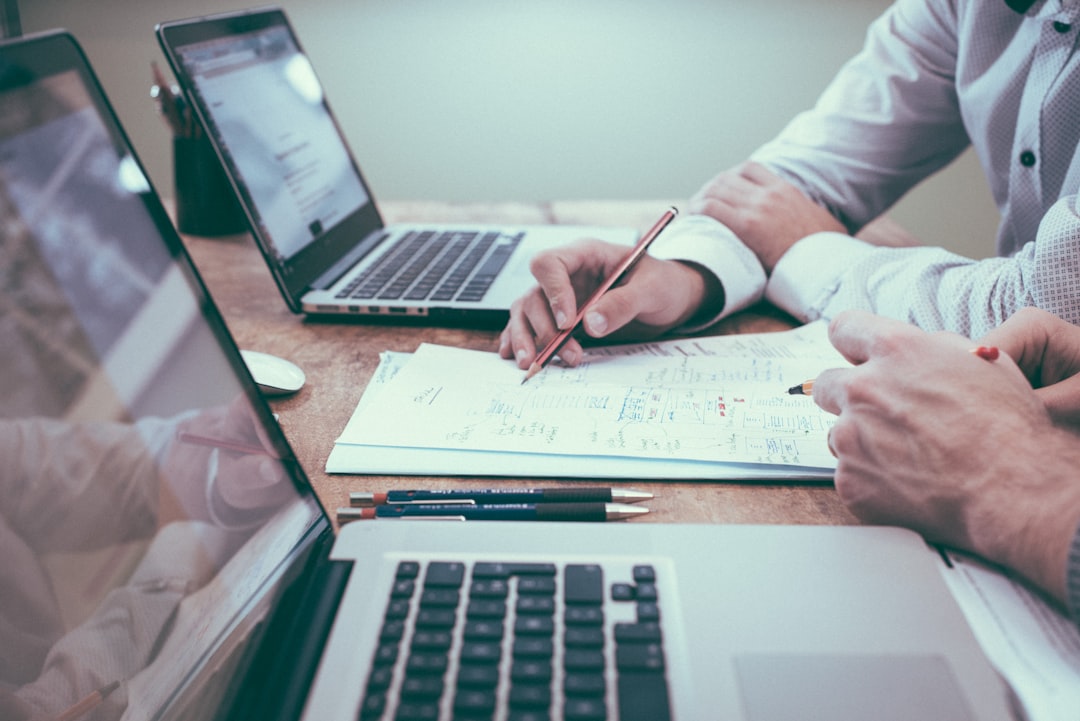What is it about?
As individuals, cities and countries try to grapple with such global challenges as climate change and social/economic inequity, museums are re-assessing their role in addressing these issues. By experimenting with methods of engaging the public on critical issues, beyond traditional exhibits and on-site programs, museums can expand both how they operate and the cultural impacts they have on the public.
Featured Image
Why is it important?
Many museums are struggling to survive. As government support declines, museums often strive to compete for tourist and leisure-time dollars. However, commoditizing museums within leisure and event marketplaces does not necessarily help to connect the public to the cultural issues of our time. Attendance and revenue may be corporate measures of success, but they aren't cultural ones. Experimentation in public programs, linked to the assessment of impacts on individuals, groups and communities, will enable museums to adapt what they do in order to be in sync with the cultural needs of today.
Perspectives
At their best, museums are 'places of the muses' - stimulating creativity, insight, inspiration, potential and connections. Artifacts and artworks are amongst the many catalysts that have the ability to help create these experiences within the public. Ironically, when the magic happens, the value exists in the experiences of people, not in the objects. These experiences of the muses can happen in the physical buildings of museums - but it is certainly not necessarily the case. The full potential of museums as cultural catalysts has yet to be explored and experimentation and impact assessment will be critical to mapping this territory.
Douglas C Worts
Read the Original
This page is a summary of: Museums: Fostering a Culture of ‘Flourishing’, Curator The Museum Journal, July 2016, Wiley,
DOI: 10.1111/cura.12160.
You can read the full text:
Contributors
The following have contributed to this page










